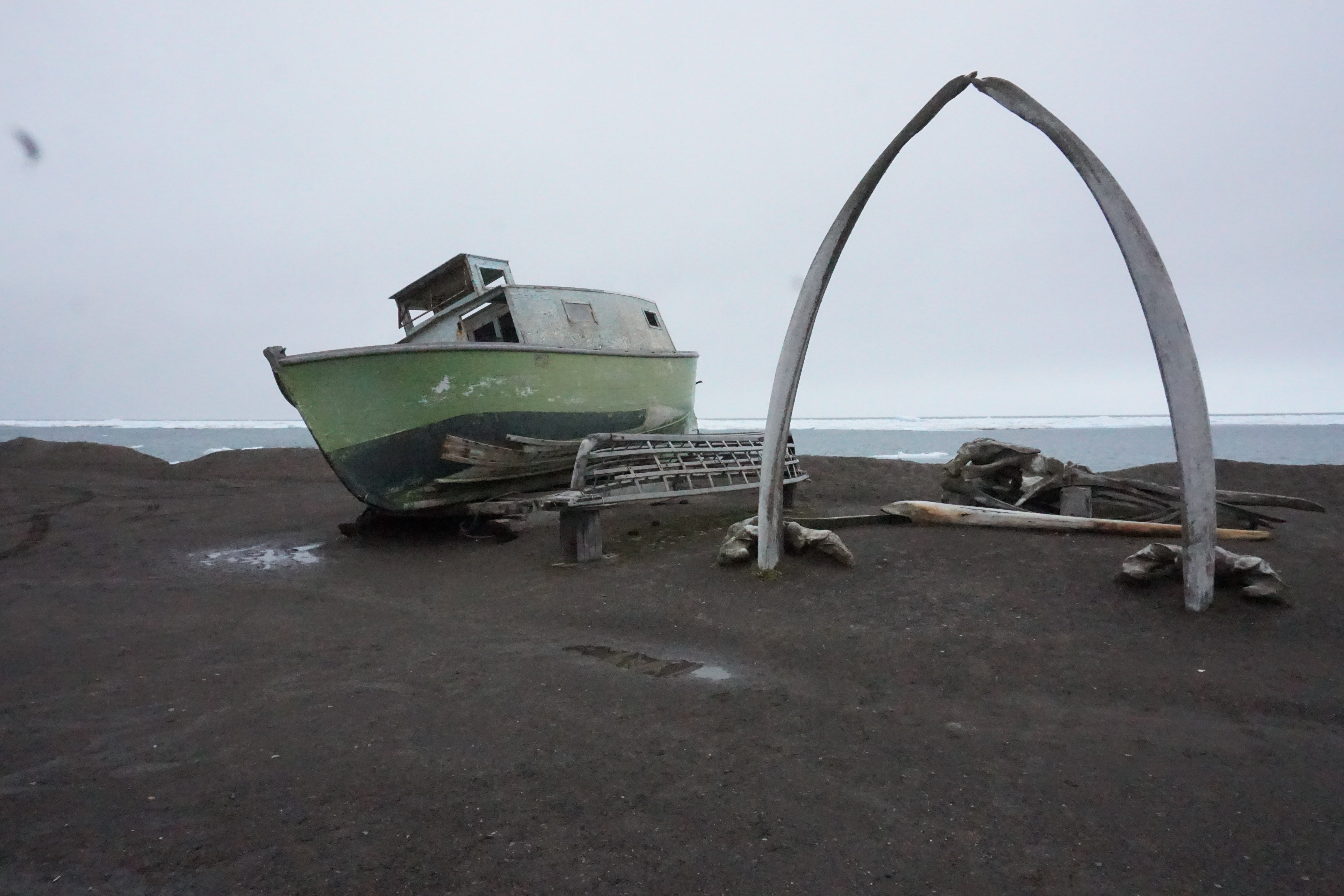The Week Ahead: The first frontier
Alaska leads the U.S. in celebrating North America’s first inhabitants, rather than the arrival of a European in 1492.

Indigenous Peoples’ Day has, in one form or other, been held in an official manner in the United States since 1989, when South Dakota moved to establish a day for recognizing the first residents of what many Native groups prefer to call Turtle Island. Held concurrently with Columbus Day, this year on October 8, or replacing it entirely, the day is a counterpoint to celebrations of the arrival in North America of Europeans, millennia after the first inhabitants arrived.
By now, some 60 or so jurisdictions recognize Indigenous Peoples’ Day. The gradual shift alarms some Americans of European descent, who say it seeks to cast their ancestors in a menacing light. This, though, may be understandable, given the use of terms like ‘invasion’ and ‘resistance,’ or the phrase ’Get lost (again) Columbus,’ in discussions of what the day should recognize.
Some Native groups say such language is justified. And even those who do not, bristle at the idea of a federal holiday that glorifies the event that precipitated the decimation of their cultures.
[Alaska’s Inupiaq language now available on Facebook]
In 2015, Alaska became the second state to officially replace Columbus Day with a day to recognise its Native populations (though the measure did not become permanent until last year).
If any state were to be among the first to drop Columbus, it might be Alaska. Not only does Alaska have fewer direct ties to America’s first wave of European migration, its Native population, at 16 percent, is the highest in America. It is also higher than the estimated 10 percent of indigenous residents Arctic-wide. Like other parts of the region, the percentage rises the further north you go. In Utqiaġvik, America’s northernmost settlement, the majority of the 4,000 or so residents are Iñupiat.
Also similar to other parts of the Arctic: Alaska’s Indigenous populations rank below state and national averages on most standard public-health parameters, including violent deaths, suicide and poverty; 22 percent of rural Alaska Natives are considered poor, for example, compared with 9 percent of all Alaskans. Things are expected to get disproportionally worse as temperatures continue to warm.
Changing the reason why state residents get the day off is unlikely to rectify any of this, but it will bring the holiday more in line with the consensus that much of Alaska’s history is tied up with its Indigenous populations.
Also this week, the Arctic Council hosts a pair of events in Rovaniemi, Finland, focusing first on the region’s plant and wildlife, and then on the state of its environment.
Starting on October 9 and lasting until October 12, the second Arctic Biodiversity Congress will discuss ways to promote conservation and sustainable use of the region’s living resources.
The week ends with a concurrent, two-day meeting of cabinet-level environmental officials from each of the eight Arctic states, as well as the Arctic Council’s Indigenous representatives and observers.
Climate change, biodiversity and methods to prevent pollution will be amongst the main topics, as will ways to promote closer cooperation on environmental issues.
The Week Ahead is a preview of some of the events related to the region that will be in the news in the coming week. If you have a topic you think ought to be profiled in a coming week, please email [email protected].